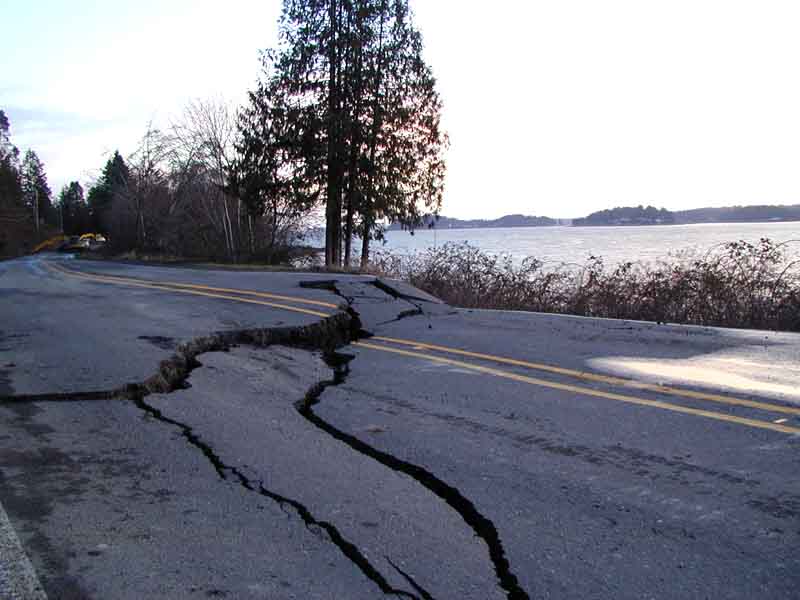A groundbreaking study has revealed that hidden fault lines beneath the Pacific Northwest are playing a crucial role in shaping the region’s earthquake activity. These west-northwest trending faults, stretching along the coasts of Washington and Oregon, are not only separating distinct geological blocks but also bending and breaking the oceanic crust in ways that could significantly impact future seismic events.
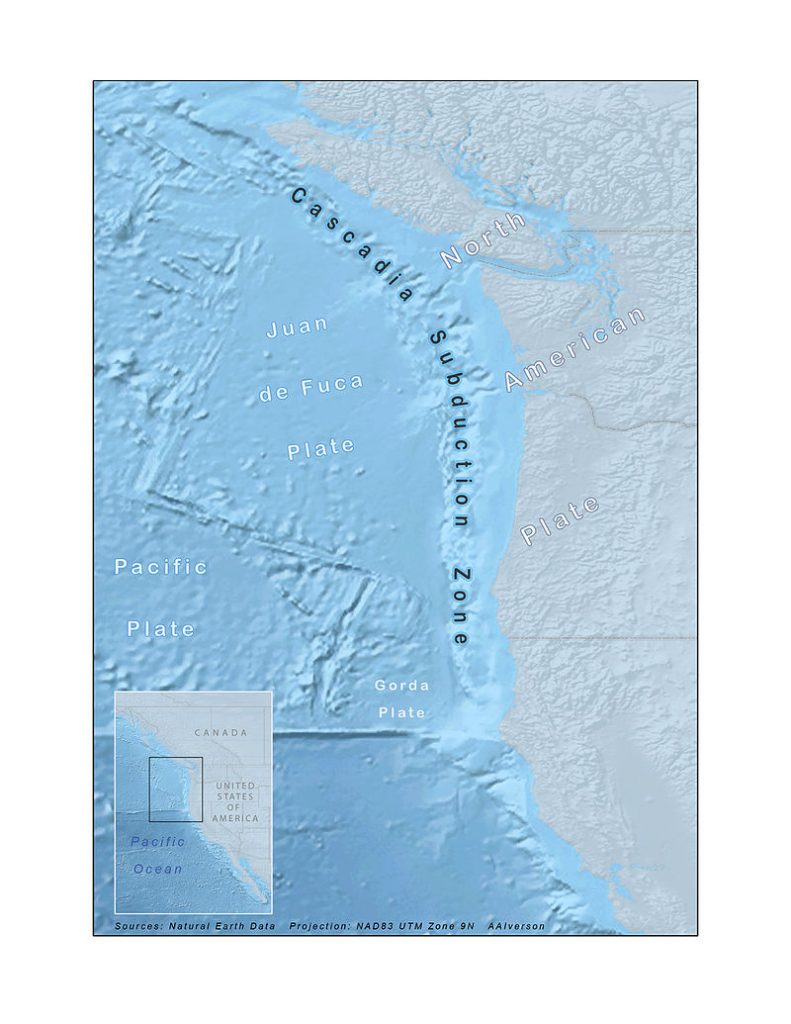
Unlike typical subduction zones around the world, the Cascadia faults cut through both the upper and lower plates of Earth’s crust, creating a complex and intriguing geological puzzle. While other regions like Sumatra and Japan have faults that run parallel to the plate margins, the faults in Cascadia cross existing zones of weakness, adding to the complexity of the region’s tectonic landscape.
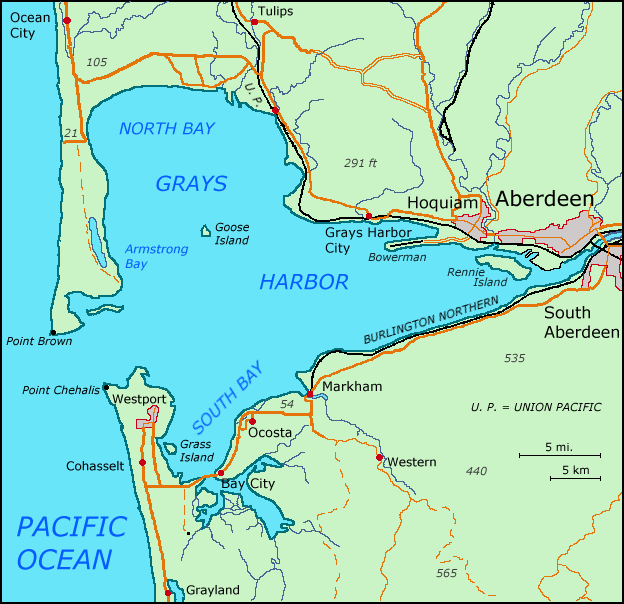
One of the study’s key findings is the connection between the structure of the upper plate and the formation of these faults. For example, the North Nitinat 2 fault near Grays Harbor aligns with major continental fault systems onshore, suggesting that differences in rock types and densities influence fault development.
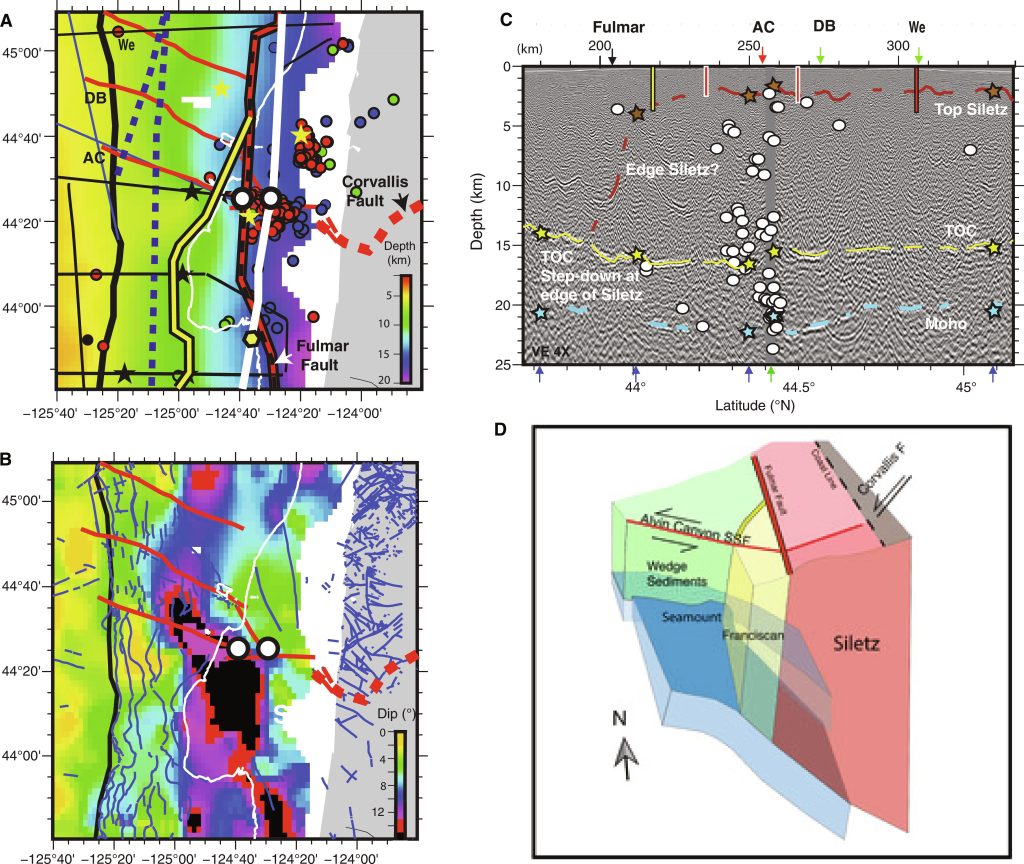
Similarly, the Alvin Canyon fault shows interactions between upper and lower plate structures. Seismic images reveal distinct changes in rock formations on either side of the fault, along with a notable step in the crust’s depth, indicating significant bending and pressure. This area’s frequent small earthquakes could be linked to movements along this fault and nearby underwater mountains.
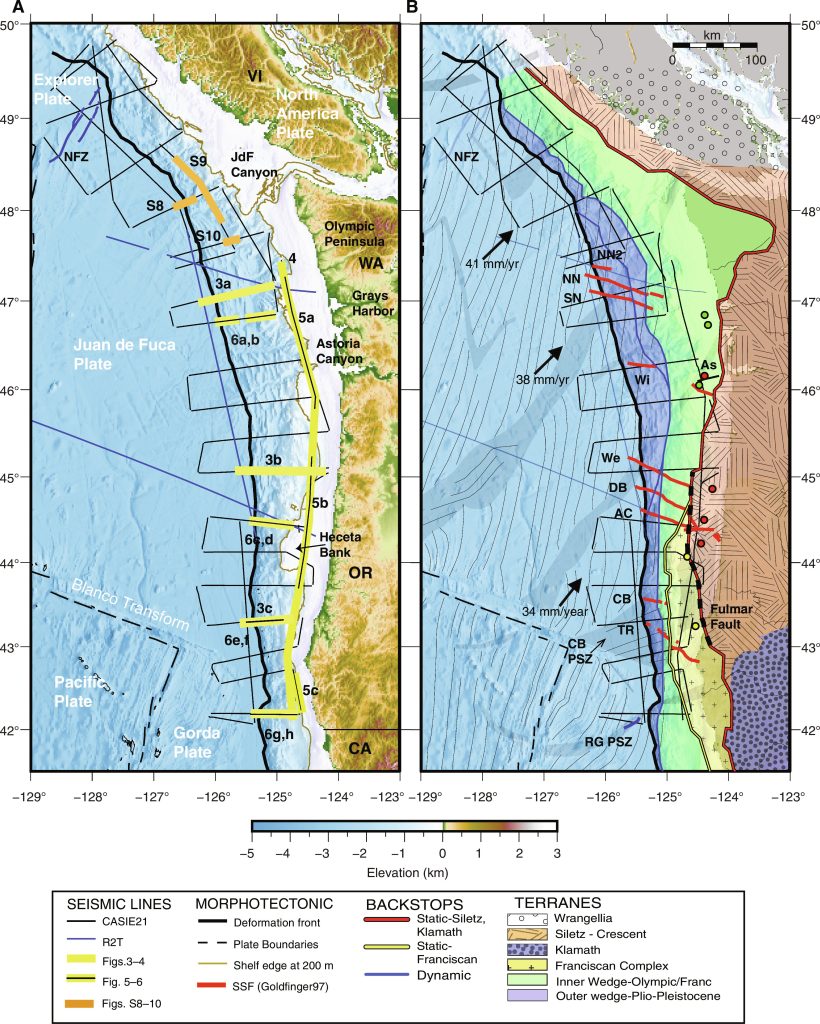
The study also highlighted the Willapa and Thompson Ridge faults, which align with major onshore geological features and mark boundaries between different rock types. This suggests that changes in the upper plate’s composition and structure influence fault development in the lower plate, impacting the region’s overall tectonic behavior.
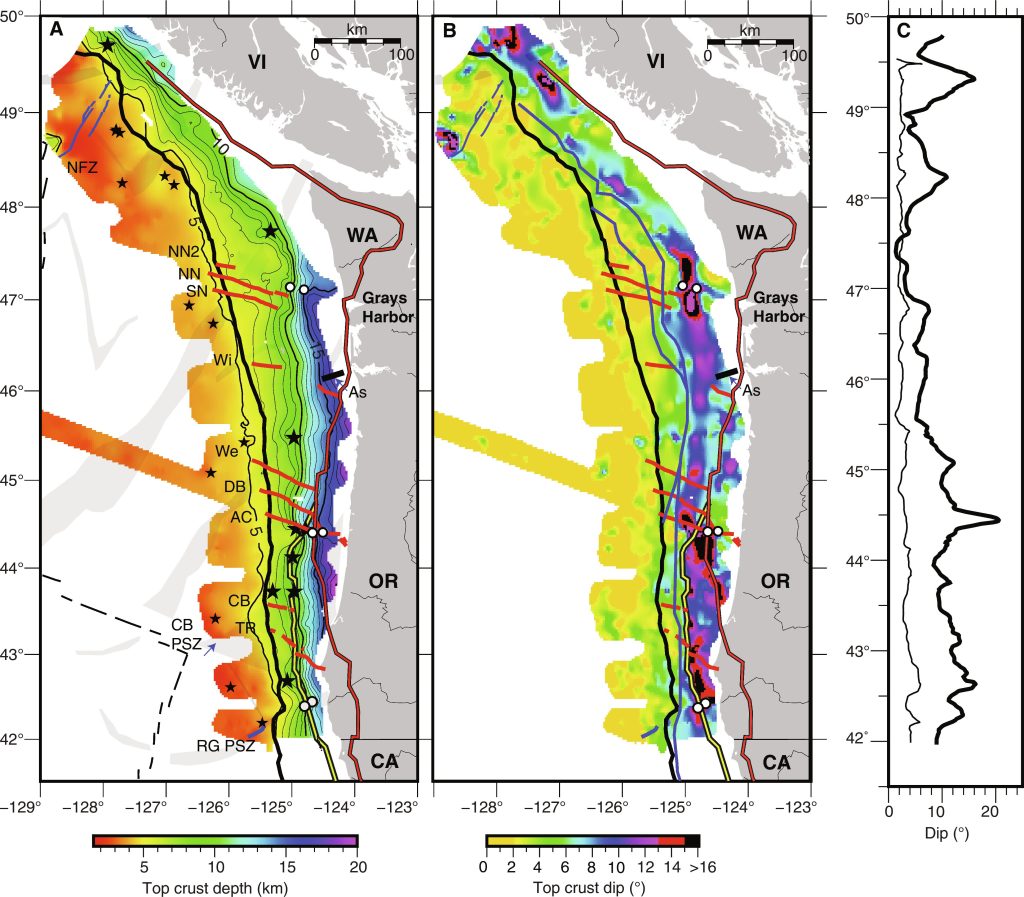
GPS data shows that the North American margin is being pushed northward and rotated, movements that match the patterns observed offshore. The relationship between these faults and zones of low earthquake activity suggests that fluid drainage from the plate interface along these faults might influence earthquake behavior, dampening seismic activity in some areas.
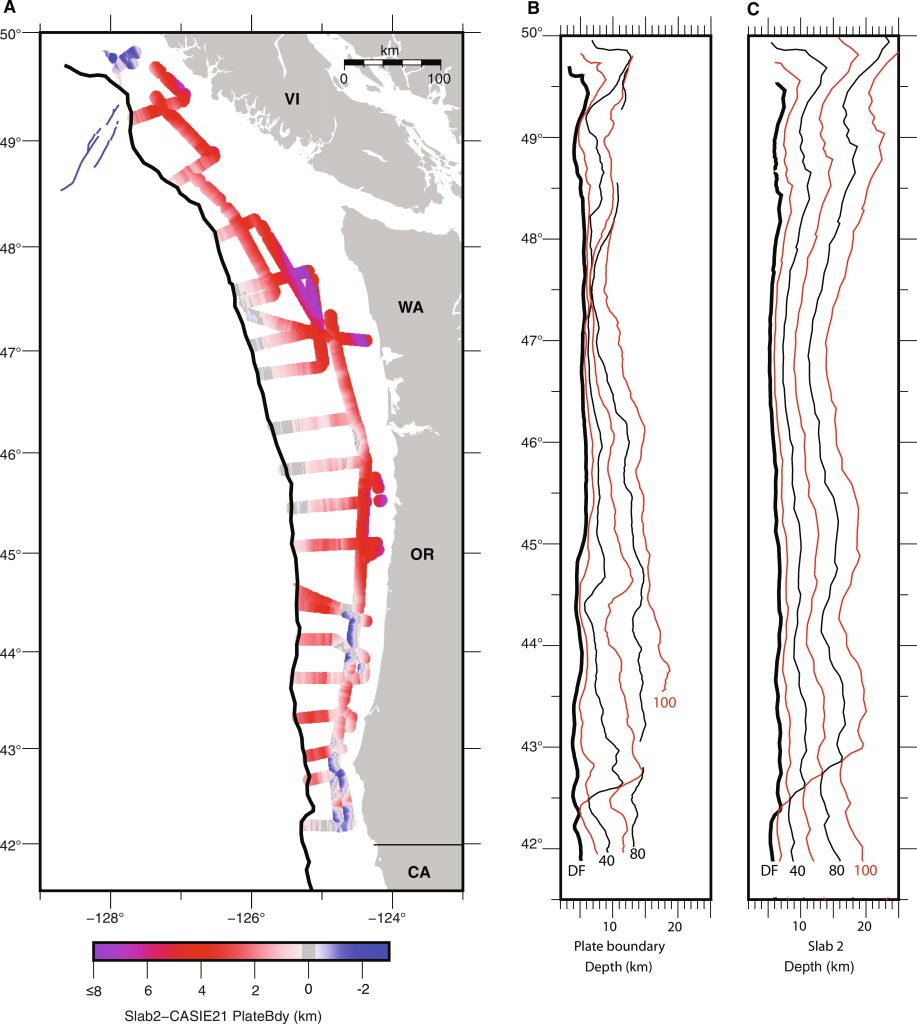
The findings from the CASIE21 project offer a detailed picture of how the Juan de Fuca (JdF) plate bends and fractures as it subducts beneath the North American plate. The varying geological conditions along the Cascadia margin contribute to differences in plate strength, which in turn affect seismic activity. As the JdF plate bends, it weakens, becoming more susceptible to deformation and influencing the region’s tectonic dynamics.
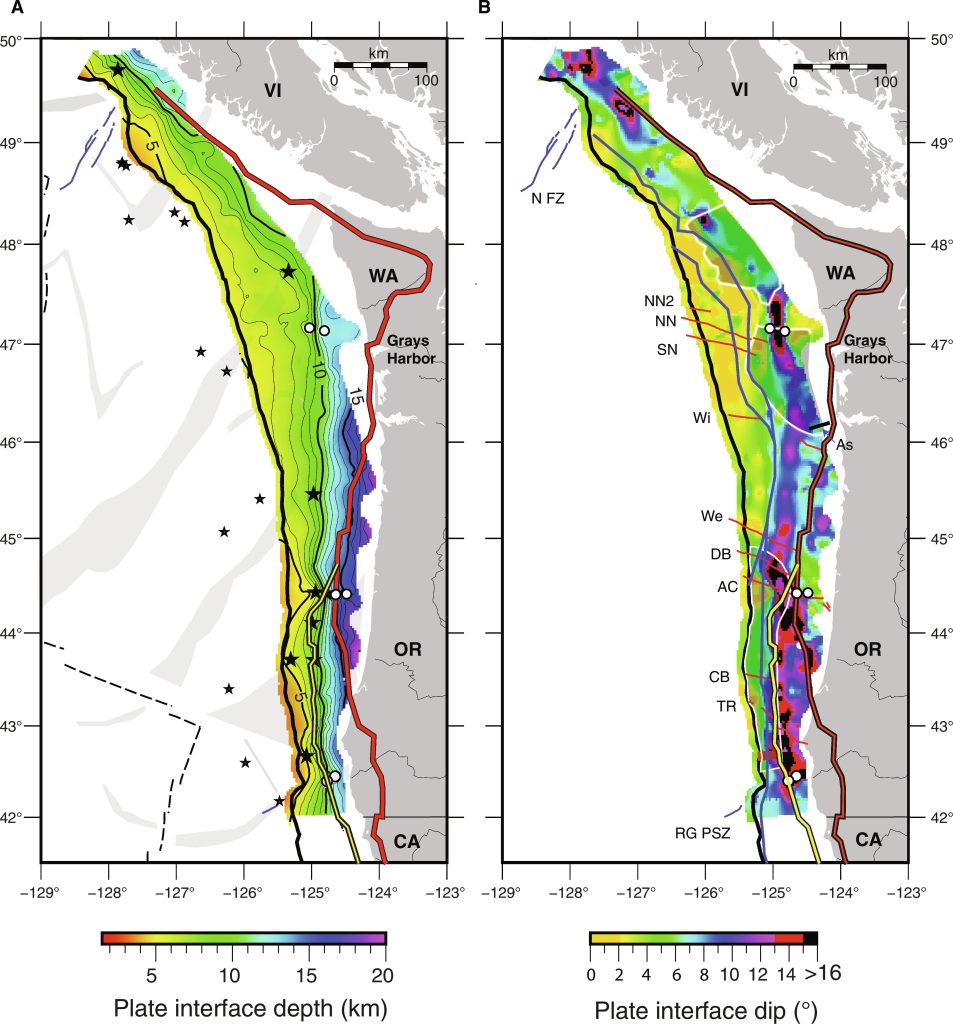
Importantly, the study shows that both the type of rocks and the shape of the plate interface play critical roles in how earthquakes are segmented along the Cascadia margin. The structural differences caused by fault zones in the lower plate are key to understanding these segments. Given its young and buoyant nature, the JdF plate is particularly sensitive to the upper plate structure, bending and tearing under variable loads.
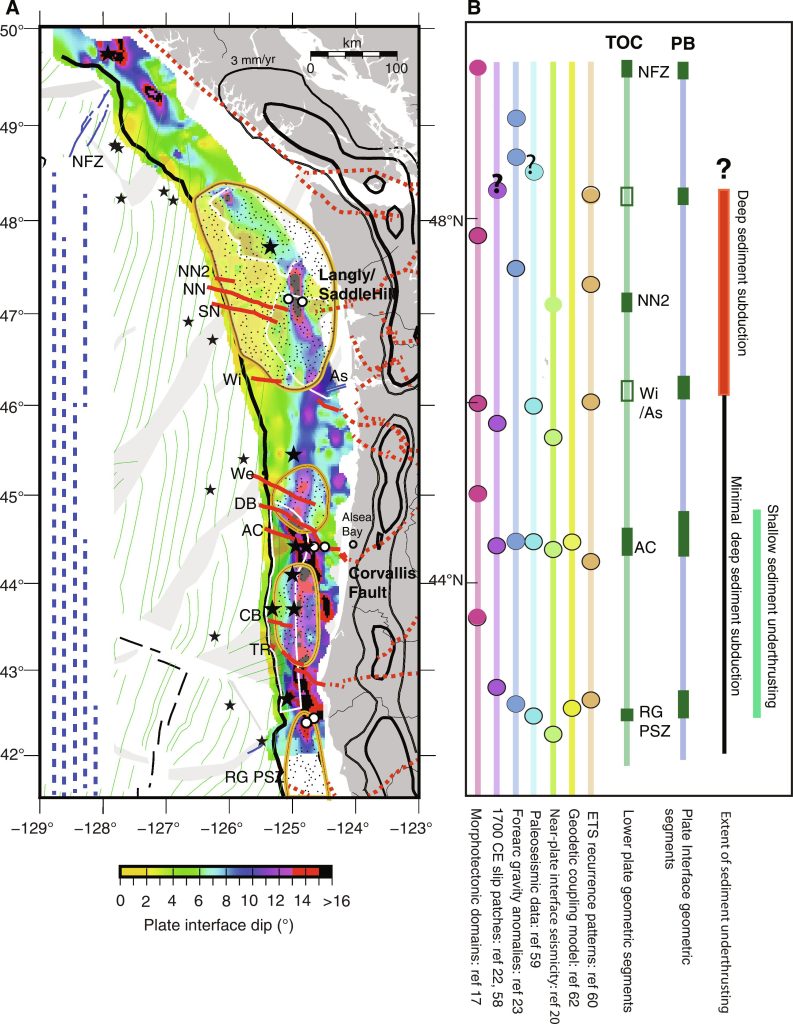
To gain a clearer picture of these processes, similar studies in other subduction zones are necessary. By comparing different regions, scientists hope to better predict earthquake behavior and improve our understanding of subduction zone dynamics. This research is essential for preparing for future seismic events and ensuring the safety of communities in earthquake-prone areas.
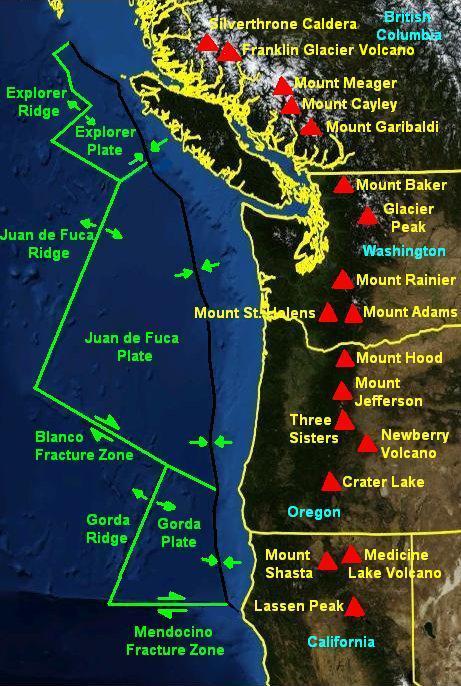
Given these findings, the likelihood of big quakes in the Pacific Northwest remains a concern. The study highlights the need for ongoing research and monitoring to better predict and prepare for such events. Understanding the complex interactions between these fault systems and the upper plate is essential for developing effective earthquake preparedness strategies and safeguarding communities in this seismically active region.

Sources: Link To the Study

